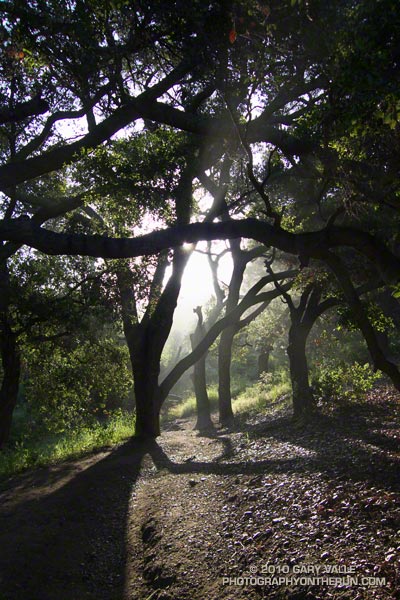
From today’s run of a variation of the Boney Mountain Half Marathon course from Wendy Dr.
Related post: Above Satwiwa

From today’s run of a variation of the Boney Mountain Half Marathon course from Wendy Dr.
Related post: Above Satwiwa
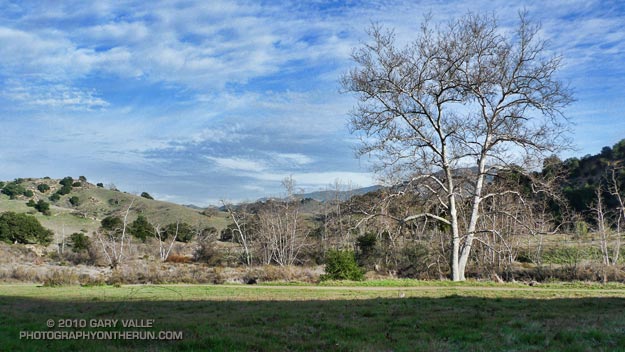
From a January run in Malibu Creek State Park.
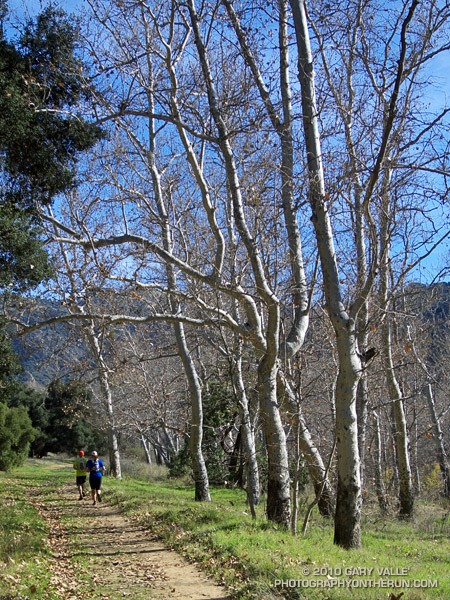
Shorts and short sleeves. Temperature 75 degrees.
From today’s run from Kanan Rd. (Tunnel #1) to Tapia Park by way of Newton Canyon, upper Solstice Canyon, Castro Crest, Bulldog Motorway, Century Lake, and the Tapia Spur Trail.

Early morning sunlight filters through the oaks and sycamores in upper Las Virgenes Canyon.
From today’s run of Cheeseboro Ridge from El Scorpion Park at the west end of Vanowen in the San Fernando Valley.
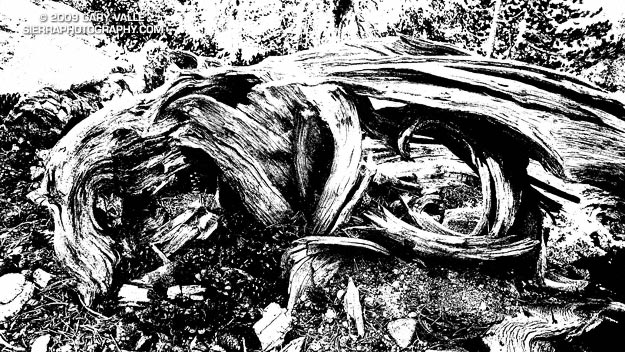
A high contrast study of the twists and turns of the disintegrating bole of a lodgepole pine on the slopes of Charlton Peak.
From the 26 mile San Gorgonio High Line trail run a couple of weeks ago.
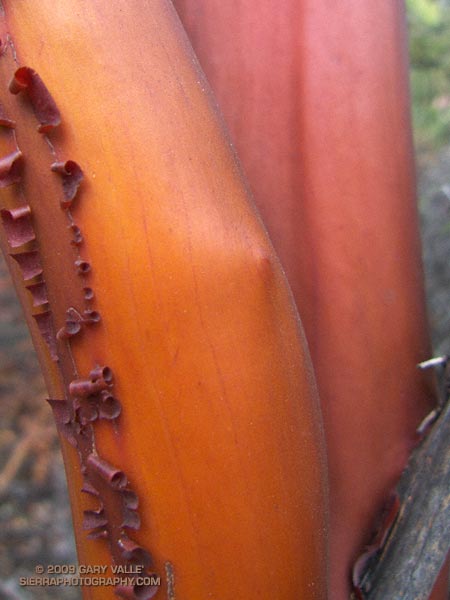
Also from Sunday’s run on the Backbone Trail in the Santa Monica Mountains.